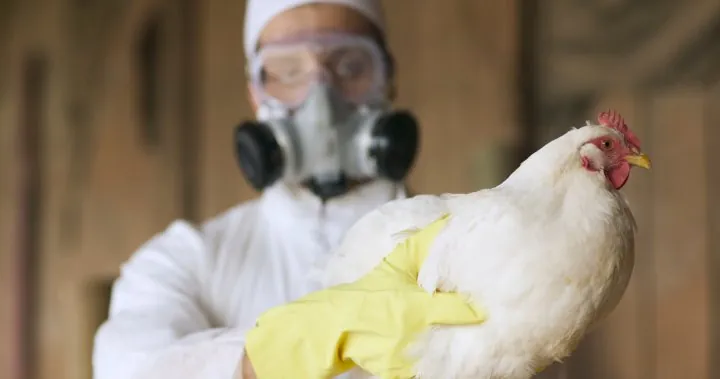
Alarming Avian Flu Insights: What the B.C. Teen's Case Reveals and What We Must Do Next
2025-01-01
Author: Jacques
As the world grapples with the ongoing threat of avian influenza, a recent severe case involving a British Columbia teenager has shed new light on this potentially devastating virus. The teen, hospitalized this fall, became the first critically ill pediatric patient with H5N1 in North America and prompted health officials to re-evaluate our strategies against this virus.
Published this week in the New England Journal of Medicine, updates on the teen’s condition reveal a cautious optimism: she was declared no longer infectious by November 29, transitioned to a pediatric ward by December 4, and had miraculously begun breathing without supplemental oxygen by December 18.
Dr. Isaac Bogoch, an infectious diseases specialist from Toronto, encapsulates the critical learning from this case, stating, “We already know it’s a potentially severe infection which this case demonstrated… We also know we have antiviral drugs at our disposal.” While the medical community has a fundamental understanding of H5N1’s severity and the potential for epidemic and possibly pandemic spread, the presence of cases without clear sources of infection raises serious alarms.
Typically, human cases in the U.S. show a clear link to avian exposure—like contact with infected poultry or livestock. Strikingly, of the over 60 documented cases of H5N1 in the U.S. in 2024, only two lacked obvious sources of infection. The B.C. case adds a worrying dimension to this trend, as the teen's case too lacks a clear point of contact, sparking fears that the virus could be evolving into a form that more easily transmits among humans.
While current data does not indicate human-to-human transmission as of January 1, Dr. Bogoch emphasizes the importance of vigilance, “We just don’t want to give this virus an opportunity to adapt and mutate.”
Preventive measures are more crucial than ever. Dr. Bogoch advises the public to avoid handling sick or deceased wildlife, particularly birds, and stresses that those in animal handling professions must implement strict measures to prevent spill-over events to humans.
With seasonal changes and increased human-animal interactions on the horizon, the health community is urging individuals to remain informed and cautious. As we’re reminded by this case, the stakes are high when it comes to avian influenza, and what we choose to do today could shape the pandemic’s trajectory in the future.
Stay tuned for updates as health officials continue to monitor the situation closely, revealing further insights into how we can combat this persistent threat. Your health could depend on it, so don’t miss the next major development!



 Brasil (PT)
Brasil (PT)
 Canada (EN)
Canada (EN)
 Chile (ES)
Chile (ES)
 Česko (CS)
Česko (CS)
 대한민국 (KO)
대한민국 (KO)
 España (ES)
España (ES)
 France (FR)
France (FR)
 Hong Kong (EN)
Hong Kong (EN)
 Italia (IT)
Italia (IT)
 日本 (JA)
日本 (JA)
 Magyarország (HU)
Magyarország (HU)
 Norge (NO)
Norge (NO)
 Polska (PL)
Polska (PL)
 Schweiz (DE)
Schweiz (DE)
 Singapore (EN)
Singapore (EN)
 Sverige (SV)
Sverige (SV)
 Suomi (FI)
Suomi (FI)
 Türkiye (TR)
Türkiye (TR)
 الإمارات العربية المتحدة (AR)
الإمارات العربية المتحدة (AR)